BLOG
|
|
WEEK 6 RUN-WALK-BIKE ACROSS AMERICA 2019 STARTS TOMORROW
Segment 13: Lovell WY to Sheridan WY Segment 14: Sheridan WY to Gillette WY After last week’s huge mileage commitment (3.2-32 miles depending on scale) and because of the upcoming 4th of July holiday, this week there are only 2 segments to cover (2.1-21 miles). Both segments virtually take runners, walkers, and bikers near parts of the National Park System, through the Bighorn National Forest and near the Bighorn Canyon National Recreation Area to Sheridan WY, and the Little Bighorn Battlefield National Monument. Bighorn Canyon National Recreation Area “was established by an act of Congress on October 15, 1966, following the construction of the Yellowtail Dam” (named after a famous Crow tribe chairman, Robert Yellowtail). The dam “harnessed the waters of the Bighorn River and turned this variable stream” into Bighorn Lake. The magnificent 71-mile lake extends through Wyoming and Montana, “55 miles of which are held within spectacular Bighorn Canyon”. About 70 miles to the north of Sheridan WY, in southeastern Montana, is the site of the Battle of the Little Bighorn, near the river of the same name. The battlefield monument memorializes the site of the famous event, sometimes referred to as “Custer’s Last Stand”, which took place on June 25-26, 1876. A small force led by U.S Army Lt. Col. George Armstrong Custer attacked but was subsequently overcome by a much larger force of several to many thousands of Sioux, Arapahoe, and Northern Cheyenne who had not been expecting this action. The warriors were led by Chief Crazy Horse and inspired by Chief Sitting Bull. None of Custer’s group lived to tell the story of the day’s happening. The warriors also mounted a counter-attack about 4 miles away on the encamped U.S. 7th Cavalry Regiment, which consisted of a few hundred military; there were soldier survivors of this secondary battle. The Little Bighorn Battlefield National Monument was originally designated the “Custer Battlefield”, but in December 1991 President George H.W. Bush renamed it to be representative of all those who were in the battle, including Native Americans and the 7th Cavalry. The information presented in this post was gleaned from several sources, listed below. The Smithsonian Magazine article describes the course of events that day from the perspective of Native Americans. It indicates that the 1874 discovery of gold by Custer and his men in the Black Hills area of what was to become South Dakota, then recognized as belonging to the Sioux nation, prompted the dispatch of federal troops to “force the Sioux into reservations and pacify the Great Plains”. Never having been through this area where the Great Sioux Wars were fought, the narrative given here comes only from my reading. Since these lands were set aside to remember a deadly and turbulent time in American history for Native Americans, settlers, and military, I hope it is correct and conveys respect for all groups. The beauty of the land is evident in pictures*. Defending the right to live here was considered a worth, if terrible, struggle for those who made it their home. RUN & MOVE HAPPY! *There are images on the ACROSS AMERICA IN PHOTOS page and in the sources below (links). NOTE: Recently I read the non-fiction book “Prairie Fires” by Caroline Fraser. It details the life of Laura Ingalls Wilder, and in doing so describes her family’s experiences in Minnesota and the Dakota territory. Interactions between Native American tribes and pioneers after the Civil War in the region form the backdrop of this biography. After reading it I am eager to be on my way through this area in coming weeks as the journey ACROSS AMERICA extends east. https://en.wikipedia.org/wiki/U.S._Route_14_in_Wyoming http://www.travelwyoming.com/listing/lovell/bighorn-canyon-national-recreation-area http://www.visitmt.com/listings/general/battlefield/little-bighorn-battlefield-national-monument.html http://www.smithsonianmag.com/history/how-the-battle-of-little-bighorn-was-won-63880188/ http://www.history.com/this-day-in-history/indians-defeat-custer-at-little-big-horn https://www.history.com/topics/native-american-history/george-armstrong-custer By Jeremykemp at English Wikipedia (Transferred from en.wikipedia to Commons.) [Public domain], via Wikimedia Commons https://upload.wikimedia.org/wikipedia/commons/d/d3/Little_Bighorn_cemetery_overview.jpg
0 Comments
IF YOU AREN’T PLANNING TO RELAX THIS SUMMER and won’t take a break from training it might be motivating to prepare for an amazing race in the upcoming weeks of autumn. Active.com teases readers with an article “Fall and Winter Marathons You Don’t Want to Miss.” A helpful feature is that the links open to races in 4 different parts of the USA: South, Northeast, Midwest, and West. If wishing to stay closer to rather than farther from home, click on your home region.
I checked the Midwest and found 5 highlighted races scheduled from August 31 to the end of October. Although not competing in marathons, shorter challenges are of interest to me and I know most organizers include other distance events in the weekend marathon festival offerings. So, if you are looking for exciting 5k’s, 10k’s, or half marathons, checking out the 26.2-mile contests is a fun search option. Clicking through all four regions in the article revealed that the Northeast and Midwest hosted late summer and fall competitions, and that most of the late fall-winter races were being held in the warmer areas of the South and West, early November to February 2020. I also noticed that several of the marathons were to be run in locations not too far from the Earned Runs “Across America” route. Inspired I searched very briefly for a few other running festivals along the route: West: Columbia Gorge Marathon October 20, 2019 in Hood River, Oregon Midwest: Oregon Trail Run of Nebraska October 26, 2019 in Hebron, Nebraska Midwest: Milwaukee Lakefront Marathon October 6, 2019 in Milwaukee, Wisconsin Northeast: Adirondack Marathon Distance Festival September 22, 2019 in Schroon Lake, New York OTHER RACE FESTIVALS not identified in the article, located somewhat near the route: have some novel contests:
If you plan to continue to work hard this summer and train-up for the fall, this article is a convenient place to find inspiration in destination goal races. Best to consider, also, is that the best races fill early. RUN & MOVE HAPPY! https://www.active.com/running/articles/fall-and-winter-marathons-you-don-t-want-to-miss THE PAIN RELIEVING BENEFITS OF MASSAGE ARE IDENTIFIED AND EXPLAINED by Markham Heid in an Elemental article offered on medium.com. For everyday exercisers, alleviating small aches and nagging discomforts with relatively inexpensive home remedies can mean that we are able to continue with physical activities that help maintain health and provide enjoyment.
Heid’s referenced expert, Dr. Tiffany Field, summarizes the ‘gate control theory’ by which activation of pressure receptors in the skin is thought to block perception of pain by the brain. The author then discusses how self-applied techniques like foam rolling and tennis ball skin massage can make frequent massage therapy sessions cost-effective and practical. The article addresses the belief, not yet fully investigated by science, that massage by someone other than oneself is more beneficial. Heid’s expert says “self-massage may be just as effective.” Thinking back to the times when I was forced to stop running due to knee pain, which I now realize was/is due to osteoarthritis, self-massage helped during my recovery at least temporarily. Earned Runs blog described and posted on this DIY knee massage technique a while back. After reading the article, “The Science-Backed Benefits of Massage,” I wonder whether my combining daily knee massage with a general whole-body foam rolling session might have led to greater relief. The surprising bit of information Heid provided about Field’s and others’ research in this area is that findings “indicate that there’s a central nervous system component to the rolling-induced drops in pain”. As evidence, improvements in pain and soreness were noted from foam rolling parts of the body that “weren’t in pain.” Markham Heid’s article is a quick read and may convince some to proactively incorporate foam rolling and self-massage into regular ‘maintenance’ sessions to help soothe physical discomfort arising from athletic efforts, as well as other chronic conditions like cancer and autoimmune diseases. It also seems that mental anguish might be diminished and immunity boosted by massage. There’s much more interesting science in his piece than related in this blog post! The encouraging news is that performing it yourself may be as effective as a costly professional service. RUN & MOVE HAPPY! https://elemental.medium.com/the-science-backed-benefits-of-massage-6d1a198c67a5 https://www.youtube.com/watch?v=qJQz3FlTUqg Earned Runs blog post on DIY knee massage SIMPLICITY MAKES A STRENGTH SESSION SEEM TO GO FASTER, I think. When there isn’t a long list of separate exercises to check, each performed without or with different dumbbell weights, kettle bells, or medicine balls I can memorize and proceed to move through them with ease. Soon it’s time to repeat the set one or two more times.
All of a sudden, I’m done! Simplicity may be why people who use machines love them. Just dial in the weight and go. Check out this 2017 offering from Emily Abate for Shape.com. The list includes:
https://www.bodybuilding.com/content/how-many-reps-should-you-do.html As Abate says, “In addition to making you feel like a total badass, lifting heavy can fight osteoporosis and torch calories”. She refers to a study that “found that women burned nearly twice as many calories in the two hours after their workout when they lifted 85% of their max load” for 8 repetitions than after 15 repetitions of lifting 45% max load (more reps with lower weight loads). Experiment with weights to find which number of pounds works best for your level of training. If you can lift 8-12 or more reps, you might think of choosing a higher weight with which fewer reps are possible. Start with 2 sets and work up to three before increasing dumbbell weight. Consider training like a bad*** and performing this one dumbbell weight session just two times in one week. Possibly you’ll feel stronger and more in control by the second session. RUN & MOVE HAPPY! https://www.shape.com/fitness/workouts/essential-full-body-heavy-dumbbell-workout? https://www.bodybuilding.com/content/how-many-reps-should-you-do.html *I substitute the weighted sit up with a seated oblique twist. It seems to be easier on my lower back and work the “fat tire” area at my waist a bit harder. The verywellfit.com article includes easier and harder variations of the standard exercise. https://www.verywellfit.com/seated-oblique-twists-with-medicine-ball-3120067 WEEK 5 RUN-WALK-BIKE ACROSS AMERICA 2019 STARTS TOMORROW
Segment 10: Helena MT to Bozeman MT Segment 11: Bozeman MT to Columbus MT Segment 12: Columbus MT to Lovell WY Attention! We unofficially entered “Big Sky Country” as we made our way into Montana at the end of last week. It’s one of the nicknames given to this state. Information is sparse on exactly why this nickname was applied, but one explanation is that it the state is so sparsely populated with so few tall buildings that the sky dominates the vistas. It is roughly divided into a plains and badlands region east of the Rocky Mountains and a western mountainous region; climate varies with elevation. According to a Wikipedia entry, Montana contains a portion of Yellowstone National Park (3 entrances) as well as all of Glacier National Park and other federally protected and recognized sites: areas, a battlefield, a monument, and a bison range, to describe a few. “Approximately 31,300,000 acres (127,000 km2), or 35 percent of Montana's land is administered by federal or state agencies”. Wow. The route this week will take us along or near to the Missouri, Yellowstone, and Shoshone Rivers. The Missouri River: is the longest or the second longest in the United States depending on which rivers are included in its system (Wikipedia, Britannica). Before the Lewis and Clark expedition traveled it’s entire length, the Missouri River was “believed to be part of the Northwest Passage – a water route from the Atlantic to the Pacific “. The expedition found, however, that the mythical pathway to the Pacific coast did not exist. The great river empties into the Mississippi River at the border of Missouri and Illinois, just north of the city of St. Louis. In this location it served as “one of the main routes for the westward expansion of the United States during the 19th century.” Fur trappers and traders first explored it in the 1700s and then pioneer families followed it westward in covered wagons in the 1800s. In addition to St. Louis MO, some of the most notable cities of the Great Plains States are found near its banks: Great Falls MT, Bismarck ND, Omaha NE, and Kansas City MO. The Yellowstone River: Native Americans knew the Yellowstone River as the Elk River and used it for a long time before explorer William Clark and his group returned on it from their expedition in the Pacific Northwest in 1806. The river runs through the Yellowstone National Park and has three dramatic waterfalls (Upper Falls, Lower Falls, and Tower Falls). The majority (96%) of the Park’s land lies in the state of Wyoming, but very small areas also lie in Montana and Idaho. Yellowstone National Park was the first national park in the United States, established March 1, 1872 by Congress to “preserve the wildlife and showcase the unique geothermic features throughout the Park.” In the Park, beneath Yellowstone Lake exists a “super volcano causing large amounts of geothermic activity.” There are hot springs, mud pots, fumaroles, and more than 300 geysers related to the volcano. The most famous and spectacular of these include Old Faithful and Steamboat Springs. The Shoshone River: runs for 100 miles in northern Wyoming, ending when it meets the Big Horn River near Lovell, Wyoming. In late March 2016, the Shoshone River east of Yellowstone National Park, “suddenly and without warning started boiling, changed color and began to emit a sulfuric odor “ Witnesses reportedly feared for their lives at this time. The event, likely related to volcanic activity, lasted four days and led many to remember that 200 years ago the Shoshone was called the Stinking Water River. Although the WEEK 5 route does not in reality take us near the part of Wyoming where the 2016 odorous event occurred, knowledge of the Park and the geological origins of its famous geysers makes virtual travel through the area rather exciting. We are taking a quick virtual side trip just to learn more about the area and won’t encounter any danger or foul smells! RUN & MOVE HAPPY! Itinerary and Maps for the Earned Runs Summer Challenge II: Run-Walk-Bike Across America 2019 can be downloaded from the RESOURCES page. This weeks segment maps and itinerary are included below. 6/28/17 NOTE: This week seems to be all about rivers. Although the book and movie scenes of fly fishing in “A River Runs Through It” were said to take place in Montana's Blackfoot River, the filming took place in the Gallatin River, north of the Segment 10 route from Helena to Bozeman MT. This fact was discovered in the article, “18 of the Biggest National Park Scenes and Cameos” by Laura Bailey for The Wilderness Society. According to the piece, “The film is said to have changed the fly fishing landscape in Montana, and Redford has been quoted as saying he hoped the film would inspire people to keep more western places wild. Not surprisingly, A River Runs Through It won the 1993 Academy Award for best cinematography. “ https://en.wikipedia.org/wiki/Montana https://en.wikipedia.org/wiki/Missouri_River http://www.britannica.com/place/Missouri-River http://www.yellowstonepark.com/untamed-yellowstone-river/ http://www.yellowstonepark-trip.com/history-of-yellowstone-park.php http://mysteriousuniverse.org/2016/04/boiling-river-near-yellowstone-national-park-heats-worries/ https://en.wikipedia.org/wiki/Shoshone_River http://wilderness.org/18-biggest-national-park-and-forest-cameos-movies ESTABLISH A PERSONAL “FASTEST KNOWN TIME”, AND BE CONTENT
(UPDATED; summer is a wonderful time to investigate new ways to find excitement and contentment in athletic endeavors. This post on FKT's is worth repeating. The possibilities are endless.) An August 2018 article written by Whitney Spivey for running.competitor.com introduced me to “fastest know times” and the fact that there are people across the globe interested in setting them. It identified FastestKnownTime.com as a website that tracks the efforts of athletes taking on running and hiking challenges. The homepage world map shows the USA as having the most FKT routes; other concentrations are seen in Europe and the United Kingdom. Additional web pages include: “Routes”, “Athletes”, “Articles”, “Add an FKT”, and “More” (FAQ, FKT Guidelines, FKT Verification, The Team, Support this site, Contact). The list of “Latest FKTs” starts with the current month and extends back, 217 pages (10 entries per page), to the early 1960’s. Alex McPhail’s name is posted for completing the White Mountains Hut Traverse (NH) in 12hours and 11minutes in August 1963. The pace of FKT achievements appears to be accelerating since 2008. At the time this post was written (going backward in time) page 24 contains the first entry for 2019, page 70 contains the first entry of 2018, page 97 the first entry for 2017, page 120 for the 2016, and page 141 for 2015’s first entry. Calculations (simple subtraction) indicate that roughly 19 pages of FKT’s were filled in 2015, 23 in 2016, 27 in 2017, 46 for 2018, and with more than half the year left, 24 pages already filled in 2019. There are ~6.5 months remaining this year, which suggests that more than 48 total pages, possibly 500 FKTs, will be posted this year! The running.competitor.com article isn’t about FKT’s but rather shines a spotlight on Swedish ultra-runner Emelie Forsberg, who “has made a name for herself by clinching fastest known times (FKT) across specific routes either supported or unsupported”. The FKT website confirms her elite status among this group of high achievers! She is quoted by Spivey as saying, “For me [fastest known times are] what I was drawn to when I started to run in the mountains.” She goes on to explain that it was a spirit of adventure and curiosity to “see what was behind that summit, or on top, and then to see how fast I could go”, which initiated her FKT efforts. Spivey describes the mindset and lifestyle of Forsberg, an accomplished athlete who “currently owns eight FKT records”* listed by FastestKnownTime.com, but who “encourages readers to be content before being competitive”. Fosrberg’s perspective extends beyond running and training it seems, to self-sufficiency, farming, and cooking in her book, “Sky Runner: Finding Strength, Happiness, and Balance in Your Running”, recently published in the USA. Are you interested in establishing an FKT? The FastestKnownTime.com website provides a great deal of information and guidance. Documentation and verification are extremely important for an official attempt at an FKT. It would seem wise to seek expert advice from an athlete who has accomplished one, and to check that all systems required to verify a feat are working perfectly beforehand. Epic adventurers with travel plans anywhere in the world might check the location of FKT routes near an intended destination in advance. Possibilities for competition include setting a new one, but it also might be challenging to match a previous FKT, or just unofficially measure your own effort against the listed record. New routes can be added to the FastestKnownTimes.com site as well, iInternationally, or in your own backyard. A unique feature of this challenge is that contenders aren’t constrained by past accomplishments. What and where a record has been set doesn’t necessarily define future records. The FAQ page suggests that “ideally, the route has some interest & integrity, be it aesthetic, historical, or otherwise”. In scrolling through the published FKTs routes in areas familiar to me, I found that one had been established with a 1.5mile climb up the 3 tallest sand dunes at an Indiana Dunes State Park, with a hike of the 144 mile Buckeye Trail in OH, and a run of the 184 mile C&O Towpath from Maryland to Washington DC. The site indicates the Chicago Lakefront Trail is a common route for such efforts. At the time this post was written, there were 2177 entries! It was entertaining to investigate who, where, and when the FKTs were achieved. The names of some well-known athletes and routes appear alongside the many not-so-famous. The Homepage also has “Articles” and “News” sections that detail ongoing or recent efforts, and “Comments” that include notices of failed attempts! Although only formal running and hiking efforts are tracked by FastestKnownTime.com, an alternative to setting an official FKT would be to follow the advice of Emelie Forsberg, and “be content before being competitive”. Consider working toward a personal FKT in a familiar location on a route that has special meaning to you in the shortest possible time. You might broaden the kinds of effort that can be made to include walking or biking, climbing the killer stairway that leads to the top of a favorite scenic outlook, or the mounting the steps of all sections in a beloved stadium. Swimming, kayaking, or paddle-boarding around edge of a cherished local lake are potential venues for personal and unofficial FKT’s An honest effort at accurate timing and course marking should be made. Apps with GPS tracking or personal tracker devices can be helpful, but informal methods might serve the purpose. Once you have recorded an initial personal fastest time, other successive attempts can be made to beat it; perhaps officially at some future time. It’s inspiring to browse the list of FKTs to learn of the attempts that have been made to establish fastest times in a variety of locations on diverse routes. Some are renowned athletic feats, like running the Appalachian Trail, climbing the Matterhorn, and reaching the peaks of the Colorado ‘14ers’ mountains. Others are smaller efforts within regional parks or along traditional trails. The kind of personal competition conceptualized by the FKT and espoused by Emelie Fosrberg embodies the spirit of Earned Runs. Our competition bibs are ‘symbolic of physical striving, accepting challenge, attempting to surpass previous efforts” on a personal level. Although only new to me, it’s wonderful to discover the community of FKT competitors and the dedicated team that tracks their accomplishments. RUN & MOVE HAPPY! http://running.competitor.com/2018/08/ultra/emelie-forsbergs-guide-happiness-fkts_174528 https://fastestknowntime.com/ https://fastestknowntime.com/route/colorado-fourteeners-co https://en.wikipedia.org/wiki/List_of_Colorado_fourteeners https://en.wikipedia.org/wiki/Appalachian_Trail CHICAGO'S LAKEFRONT TRAIL Taken by PKSenagore August 23, 2017. All rights reserved. https://en.wikipedia.org/wiki/Emelie_Forsberg https://fastestknowntime.com/team BY THE TIME THE LONGEST DAY OF THE YEAR ARRIVES, JUNE 21 IN THE NORTHERN HEMISPHERE, SCHOOL’S OUT FOR ALMOST EVERYONE except those enrolled in summer semester courses. However, there’s room for a little lesson that might help us capitalize on summer’s upbeat and happy pace when it comes to exercise, nutrition, and social connections. It involves a quick study of three words: endeavor, explore, and enrich.
Online dictionary definitions of these terms, which all are used as verbs, include: ENDEAVOR -Attempt to achieve something https://www.thesaurus.com/browse/endeavor -To devote serious and sustained effort https://www.merriam-webster.com/thesaurus/endeavor -To make an attempt to do, or make (noun: the use of energy to do something) https://www.freethesaurus.com/endeavor EXPLORE: -To search through or into; to go into or range over for purposes of discovery https://www.merriam-webster.com/thesaurus/explore -Travel around, investigate https://www.freethesaurus.com/explore ENRICH: -Enhance, make rich https://www.freethesaurus.com/enrich -To make better; to make more attractive by adding something that is beautiful or becoming https://www.merriam-webster.com/thesaurus/enrich Each word has a different meaning but taken together can guide how we might approach our summer exercise sessions, activities of daily living that involve eating, and social engagements. Rather than continue with routines that helped us survive work and school days in the darker and cooler conditions of late fall, winter, and early spring, consider seeking alternatives that reflect and take advantage of the warmth and illuminating spirit of summertime. Some might be carried on or adapted to fit into a more hectic life pace after the season. FITNESS It’s likely that opportunities to EXPLORE novel means of expending physical energy and maintaining fitness won’t be scheduled for us like when we were school children. We must ENDEAVOR to find and trial new and enjoyable ways to ENRICH our exercise lives. Active.com has several numbered “listicle” slideshow articles that might provide inspiration to change things up:
NUTRITION The same can be said for new, fresh, and tasty food experiences, which probably will not magically find their way into meals without purposeful efforts to EXPLORE recipes, local eateries, grocery stores, food trucks, and farmer’s markets. The ENRICHMENT of our palates and health will require some work. This delicious ENDEAVOR can be approached as a flavorful culinary experiment. The internet is full of try-at-home recipe suggestions. Below are a few online resources. Most regional lifestyle magazines run seasonal articles which highlight sectional cooking specialties that are relatively easy to prepare. The popular “farm-to-table” cooking trend featuring super-fresh ingredients can be applied to the preparation of many foodies favorites. With a bit of trial-and-error practice, recipes might be tweaked to accommodate individual taste preferences, culinary skills, and kitchens. “50 Summer Vegetable Dishes to Make in 20 Minutes” https://www.thekitchn.com/50-summer-vegetable-dishes-to-make-in-20-minutes-232847 “45 Easy Summer Dinner Recipes” http://www.midwestliving.com/food/quick-easy/45-easy-summer-dinner-recipes/ “39 Recipes for Summer Vegetable” https://www.bonappetit.com/recipes/slideshow/summer-vegetables-slideshow SOCIAL Social interactions confined mostly to exchanges of electronic messages may not be best for building and maintain strong relationships and fending off loneliness. Busy work and family life may necessitate this convenient method of connecting most of the year. Perhaps the summer can be different. However, off all the summer enrichment ENDEAVORS that we might attempt, exploring in-person contacts may be the most awkward to execute, in my opinion. An alternative to increasing one-on-one summer encounters might be to broaden social engagement through friendly group activities. Outdoor sport events, film festivals, and group runs, walks or rides are a few examples of less intense opportunities in which the company of others could be enjoyed in summer weather. Many large, medium-sized and small cities sponsor movie nights. Theaters promote bargain-priced classic movie showings or festivals, usually as indoor matinees. Both activities bring film lovers together. Men’s and women’s professional sports are fun outdoor summer crowd activities. Baseball, soccer, lacrosse, rugby, and even cricket clubs provide spectating opportunities. If a special interest sporting event isn’t contested nearby, like tennis at Wimbledon, golf at the British Open, or World Cup soccer, a local pub/bar might be a welcoming place for group viewing; non-alcohol beverages are trending alternatives to the usual potable fare. MAKE THE EFFORT Summer can be a time to investigate new experiences that freshen stale routines and enliven ordinary tasks. Perhaps some can be continued beyond the few months of the season. As the dictionary definitions of the word ‘endeavor’ indicate, attempting these discoveries will require an expenditure of energy, but the result may be that something beautiful is added to everyday life. Consider making the longest day of the year, the first of the official season, the beginning of a summer endeavor to explore and enrich. RUN & MOVE HAPPY! https://www.active.com/triathlon/articles/8-must-try-unconventional-training-exercises/ https://www.active.com/triathlon/articles/7-Circuit-Workouts-for-Endurance-Athletes https://www.active.com/yoga/articles/6-unconventional-workouts-to-try-this-summer https://www.uslacrosse.org/players/post-college https://en.wikipedia.org/wiki/United_States_soccer_league_system http://usaca.org/ https://en.wikipedia.org/wiki/Major_League_Cricket ALLIE BURDICK UPDATED A PIECE THAT ENCOURAGES RUNNERS TO USE SUMMER HEAT TO BECOME BETTER AT RUNNING IN ALL TEMPERATURES in “Why Runners Should Train in the Heat” for podiumrunner.com.
She references a scientific acclimation study to back up her assertions. Those who have attempted to move athletically, whether running, hiking, cycling, or playing another sport, when the weather suddenly becomes hot with a change of season know how being unaccustomed to heat can adversely affect the performance and enjoyment of an activity. And, likely have noticed a gradual lessening of this negative effect as acclimation occurs. Particularly discouraging situations involve expectations of peak performance in the face of sudden weather swings, as when an early spring race must be competed at 75°F after a winter of training days in which temperatures hovered near the freezing mark. I mostly noticed this effect when lucky enough to travel south during spring break. Expecting to run like the wind unencumbered by heavy clothing and protective gear, I am dismayed to be slowed by deliciously warmer and milder humid air. However, training in uncomfortably warm conditions has advantages Burdick explains. Her article covers how to prepare for such training and suggests several types of hot weather workouts, including one that simulates the condition. The short piece addresses safety issues and urges that attention be paid to hydration and body changes that signal the onset of heat exhaustion. There are three prescribed workouts: treadmill, track, and hill repeats. The indoor simulated setting doesn’t involve the use of ice for cooling, but an ice bag is recommended for the outdoor sessions. Burdick doesn’t mention it, but each of her 3 suggested workout settings potentially have a built-in safety element: proximity. In a gym or on a running track or short hill course, an opportunity to cool down and access fluids is likely to be nearby. A car can be parked within a short distance of a track or incline and be stocked with additional water and ice, or those items can be stashed in a place within eyesight. Safety is emphasized in the piece and should be a top concern. Appropriate clothing and gear are suggested. Venue choice is also important; isolated locations are not the best for heat training. Support items that can be doused with water for quick cooling, like a visor hat and shirt with sleeves are a good idea. Access to a shaded spot is optimal. Jonathon Beverly, editor of PodiumRunner.com introduced the topic of heat training in an emailed newsletter that included a link to the Burdick article and another about hot weather racing. He explained how he previously hated the running in the heat but that a change in perspective helped him see it as a training element. “I’m learning to put heat in the same category as hills, wind or speed”. Great advice! RUN & MOVE HAPPY! https://www.podiumrunner.com/heat-training-benefits_161570?mc_cid=896319abb6&mc_eid=17706469b6 https://www.podiumrunner.com/welcome-to-podiumrunner_177006 WEEK 4 RUN-WALK-BIKE ACROSS AMERICA 2019 STARTS TOMORROW
Segment 7: Kooskia ID to Lolo MT Segment 8: Lolo MT to Missoula MT Segment 9: Missoula MT to Helena MT WEEK 4 BEGINS THE PORTION OF THE ACROSS AMERICA ROUTE IN WHICH THERE WILL BE 3 POINT-TO-POINT ROUTES EACH WEEK (except for the week of July 4th). SEGMENT 7: Kooskia ID to Lolo MT This segment route follows historic US Highway 12, which crosses Lolo Pass and winds along the Lochsa River (pronounced “lock-saw”). This river is considered to have one of the worlds’ best and most dangerous stretches of continuous whitewater. It runs within the Clearwater National Forest. Lolo Hot Springs is 7 miles (11 km) east of the pass in Montana. Lolo Pass, on the border between the states of Idaho and Montana, elevation 5,233 feet (1,595 meters), is a mountain pass through the Bitterroot Range of the northern Rocky Mountains, approximately 40 miles (64 km) west-southwest of Missoula, Montana. It’s the highest point of the historic 200 mile long Lolo Trail, a national Historical Landmark that is part of the Nez Perce National Historical Park. The Trail was used by the Lewis and Clark Expeditions of 1805 and 1806, which moved westbound between Lolo, MT and the beautiful Weippe Prairie in Idaho (a bit north of Kooskia ID). The Across America route is headed eastbound so we will travel it in the opposite direction, from the Prairie to Lolo. SEGMENT 8: Lolo MT to Missoula MT This short downhill segment extends from Lolo Pass into the town of Missoula, home of the state’s first public university, the University of Montana. The city lies near the convergence of two rivers and five mountain ranges; thus, it is sometimes referred to as the “hub of five valleys”. If you’d like to know what life was like there early in the 20th century, you can read the 1976 book authored by Norman Maclean “A River Runs Through It” (see NOTE below for the Earned Runs connection to Maclean). The 1992 movie version was filmed in Bozeman, Livingston, and parts of Yellowstone, although the book's setting is Missoula. Runners might be familiar with the Missoula Marathon, voted #1 Marathon by the BibRave.com community. Runner's World identified it as Best 2018 Destination Marathon, ahead of races in Paris and Stockholm! SEGMENT 9: Missoula MT to Helena MT Interstate-90 will take us from Missoula back to US 12 and then on to the capital city of Montana. Helena was established in 1864 as a gold camp during the Montana gold rush, although the original name given to it by gold miners was “Last Chance.” Today the city and surrounding area draws outdoor sports enthusiasts who enjoy mountain biking, fishing, hunting, and skiing. Drivers may be interested in knowing that within Montana, according to a Wikipedia item, “in the period between 1995 and 1999, there was no numbered speed limit on I-90 “. Drivers were instructed to drive what was a “reasonable and prudent” speed! Interstate-90 is a transcontinental roadway that connects from west to east, Seattle WA and Boston MA. Farther east it passes through several large cities: Chicago IL, Cleveland OH, and Buffalo NY. Montana boasts the longest stretch of this major highway, about 551 miles (887 km). Next week we will resume travel on I-90 from Bozeman to Columbus MT. RUN & MOVE HAPPY! http://adventure.howstuffworks.com/outdoor-activities/water-sports/5-most-dangerous-whitewater-rapids5.htm https://en.wikipedia.org/wiki/Lolo_Pass_(Idaho–Montana) https://www.bibrave.com/thebibrave100/2018/marathons/missoula-marathon https://www.runnersworld.com/races-places/a20864858/bucket-list-races-for-2018/ http://www.onlyinyourstate.com/montana/movies-filmed-in-mt/ https://en.wikipedia.org/wiki/Helena,_Montana https://en.wikipedia.org/wiki/Interstate_90 NOTE: ONE OF THE REASONS THIS BICYCLE TOUR ROUTE was chosen to be adapted for a virtual path across the continent for runners, walkers, and cyclists was that some of the segments passed though the state of Montana. I love the movie, “A River Runs Through It”, which is based on the story written by author Norman F. Maclean. Panoramic vistas in the movie had been filmed in Montana and, to me, these kinds of sweeping scenes represented what I hoped to encounter on a huge cross-country trip, even if virtual, and would justify the effort expended to complete a summer long challenge. Way back in 1992, I bought the DVD (that’s what we did in the old days) and read the author’s other book “Young Men and Fire”. A chance encounter about 20 years ago forged another connection between me and this region of the US. I happened to be seated next to a famous researcher at a pediatric pathology conference, who was leader of the team that first identified the existence of atherosclerosis in the aortas of young adolescents. Prior to this research, it was felt that the disease began at a much older age. However, autopsies on young people, who had died in tragic accidents with no clinical evidence of cardiovascular disease, revealed its silent origins much earlier in life than was thought possible. The results helped start the discussion about prevention in childhood. The elegant elderly gentleman pathologist who headed the research was from the University of Chicago. He related details of the study to me at dinner, and from this conversation I was inspired to study the pediatric origins of adult disease in my own little area of research. We also talked about other famous scholars who came out of U of Chicago. It happened to be that this researcher’s office mate at one time was NORMAN MACLEAN!!! (the ‘Norman’ character in the movie went off to join the faculty U of C: It was an autobiographical novella). I will always remember that conversation; the famous modest pathologist telling me all about his more famous humble friend, who loved to fly fish. And that’s the Earned Runs connection to Montana that made this particular tour appealing as a virtual journey for runners and walkers. This week we venture into that state! http://trektravel.com/trip/cross-country-usa-bike-tour/ Wissler RW. USA multicenter study of the pathobiology of atherosclerosis in youth. Ann N Y Acad Sci 1991; 623:26–39 (PDF download if you are interested) https://en.wikipedia.org/wiki/Norman_Maclean By Prizrak2084 from Missoula Montana, USA July 3, 2006 View_From_The_M26_(GeneratedHDR_Tonemapped) https://creativecommons.org/licenses/by/2.0) via Wikimedia Commons PODIUM RUNNER’S Jonathon Beverly talked up streak running in an emailed newsletter I received recently. Check out the 4 articles offered on the “latest” stories page of the running resource podiumrunner.com
“How and Why to Start a Run Streak” “Why Streak Running isn’t as Insane as It Sounds” “Lessons from the World’s First and Greatest Run Streaker” “5 Tips From 5 Decades of Running Every Single Day” Keep in mind that streaks don't need to involve running. A favorite physical activity like walking, cycling, swimming, or strength training that helps to maintain a commitment to healthy moderate to high intensity exercise is worth performing daily if done so safely to avoid over-training injury. Especially if it can be enjoyed outdoors Consider starting your streak today or wait to start symbolically the first day of astrological summer, on the June 21, 2019 Solstice. Take a baby step and commit to continuing your streak for one month. At that time, perhaps you’ll be energized to streak one more month. Or symbolically go forward to the Autumnal Equinox, the first day of Fall, September 23, 2019. In my experience, the longer the streak is maintained the greater the motivation to keep it going. As the days go by, difficulties are encountered and managed, making planning ahead easier. The lessons learned teach how to avoid situations in which the streak is threatened. Perhaps you’ll determine that streaking isn’t fun and stop, freeing up time to experiment with other fitness activities or challenges. Summer time exercise should be fun. RUN & MOVE HAPPY! https://mailchi.mp/pocketoutdoormedia/why-run-streaking-might-be-the-key-to-your-next-pr?e=17706469b6 https://www.podiumrunner.com/all DRINK MORE WATER. HYDRATION AND RE-HYDRATION ADVICE IS COMMONLY GIVEN TO ATHLETES to improve sport performance and recover after training and competition.
Fitness-minded individuals exercising to control weight are counseled that increasing water intake may help with satiety and that thirst can be mistaken for hunger. It seems that reaching for a glass of water before grabbing food might prevent consumption of calories we don’t need at the moment. Taking in sufficient water importantly helps the body eliminate waste products and certain toxins through the kidneys, accumulated from everyday activities and extra bouts of physical exertion. A slideshow article from WebMD, “What happens when you drink enough water?” briefly reviews these benefits through 12 slides. Surprisingly, even though it is not aimed at athletes, much of the information seems to explain how drinking an adequate amount of water will assist in improving physical exercise performance. In the WebMD.com slideshow, the advantages of being well-hydrated that especially pertain to athletes are:
The other six reasons provided in the piece also apply to athletes as well, but not so directly. For example, slide 1 informs, “You stay regular”. There are few things worse that occur during long training sessions than the urgent need to find a restroom for a “number 2” break. Being regular has its advantages in training and in races! Also, there’s nothing invigorating about the feeling of bowel sluggishness, so getting things cleared on a dependable schedule can make for panic free sessions. The slideshow is a quick reminder of why cool drinks of plain water this summer, or that replace electrolytes as needed, can boost your enjoyment of exercise. At the end of the article there is advice on how much water is recommended, and a caution that too much can be unhealthy, possibly dangerous, too. The number 2 slide was what captured my attention. If water is good for knees, I’m drinking it. RUN & MOVE HAPPY! https://www.webmd.com/a-to-z-guides/ss/slideshow-drink-enough-water? https://www.webmd.com/diet/features/water-for-weight-loss-diet#1 https://www.webmd.com/diet/features/6-reasons-to-drink-water#3 THE ADDUCTORS ARE INNER THIGH MUSCLES that allow movements which bring the legs together, toward the median or midline, and assist with stabilizing the knee. The muscle group includes the adductor longus, adductor brevis, and adductor magnus. Some anatomy sources include the gracilis and pectineus muscles in this group. Many commonly performed leg muscle exercises do not target the adductors, and these muscles can be neglected in workout regimens.
Moves that strengthen the opposing muscle group, the hip abductors, which allow leg movement away from the midline, are components of compound exercises often recommended to runners. Over the years many such exercises (clam shells, lateral leg raises, and lateral ankle resistance band walking, for example) have been prescribed for me to remedy knee pain by stabilizing this joint. However, to avoid strength differences that will adversely affect balance and knee stability, equally strong abductors and adductors are needed. Lauren Mazzo, writing for shape.com and Kevin Rail writing for livestrong.com provide descriptions and demonstrations of the sumo squat, sometimes called the plie squat, exercise, which works the adductors of the inner thigh area. Healthline.com discusses the benefits and effectiveness of hip abductor exercises in an article written by Natasha Freutel and reviewed by Gregory Minnis, DPT. The piece includes a link to exercises. The plie squat is one move included in the Earned Runs Summer Challenge VI Obstacle Course Adapted Training Plan which substitutes some exercises in a plan designed by Pete Williams. It’s easily performed outdoors at stopping points in a park or on a path, and can incorporate dumbbell weights to increase intensity. The blog post and Adapted Plan can also be found on the RESOURCES page. RUN & MOVE HAPPY! https://www.shape.com/fitness/tips/sumo-squats-best-squat-exercise-inner-thighs https://www.livestrong.com/article/437557-sumo-squat-vs-regular-squat/ https://www.healthline.com/health/fitness-exercise/hip-abduction#hip-abduction-anatomy https://www.healthline.com/health/fitness-exercise/hip-abduction#takeaway https://www.thehealthsciencejournal.com/sumo-squat-vs-regular-squat/ https://www.britannica.com/science/adductor-muscle https://www.innerbody.com/image/musc08.html https://www.menshealth.com/fitness/a19545543/dumbbell-sumo-squat-workout/ WEEK 3 RUN-WALK-BIKE ACROSS AMERICA 2019 STARTS tomorrow
Segment 5: From Walla Walla WA to Lewiston ID Segment 6: From Lewiston ID to Kooskia ID This week you will be making your way through the easternmost part of Washington State, with its vast wheat fields (an area encompassing parts of Washington Idaho and Oregon called the Palouse; see Seven Wonder link), into Lewiston, Idaho then across the north central portion of the state to Kooskia. After initially reading a Wikipedia entry and curious about this seemingly inland state’s port city, I learned that although Lewiston is a distant 465 miles away from the Pacific Ocean it is the ”farthest inland port on the West Coast” and Idaho's only seaport. Situated at the confluence of the Snake and Clearwater Rivers,” Lewiston is the last port on the “nation's second-largest water transportation highway”, a system formed from a series of dams and locks on the Columbia and Snake Rivers. According to a page on the u-s-history.com site, 40% of white wheat exported from the United States “travels through the Port of Portland on the Oregon coast of the Pacific Ocean, and “much of it passes through the Port of Lewiston”. On the opposite bank of the Snake River to the east of Lewiston (named in honor of Meriwether Lewis), is the city of Clarkston (after William Clark) in Washington State. Many place names in the region are a reminder of its historical exploration by the famed 1803-1805 Lewis and Clark expeditions. In Idaho, the route follows Route 12 across the state. Once known as the Lewis and Clark Highway, it’s now the Northwest Passage Scenic Byway. This is the land of the Nez Perce Tribe of Native Americans. In the process of being named by French Canadian fur traders (the name nez perce means “pierced nose”), tribe members, who do NOT have nose piercings, were mistaken for the nearby Chinook people. The small city of Kooskia, lies at the confluence of two river forks which converge to form the larger Clearwater River and is within the Nez Perce Reservation. In 1943, a work camp of the Civilian Conservation Corps, located about 30 miles from the city, was converted to an internment camp for Japanese men who had been residents but not citizens of the US. It’s extremely remote location in the western Bitterroot Mountains made fences and guard towers unnecessary. It’s amazing what can be learned by researching, only very briefly, the land through which the route is mapped. The history of the area sometimes seems simple and inspiring but at other times complicated, disturbing, and sad. More than ever I would like to actually travel through and see it in person. RUN & MOVE HAPPY! http://www.sevenwondersofwashingtonstate.com/the-palouse.html https://en.wikipedia.org/wiki/Palouse https://en.wikipedia.org/wiki/Lewiston,_Idaho https://wholegrainscouncil.org/whole-grains-101/whats-whole-grain-refined-grain/whole-white-wheat-faq https://en.wikipedia.org/wiki/Meriwether_Lewis https://en.wikipedia.org/wiki/William_Clark http://www.u-s-history.com/pages/h2812.html https://en.wikipedia.org/wiki/Nez_Perce_people#Nez_Perce_Indian_Reservation http://www.nationalgeographic.com/lewisandclark/journey_intro.html http://archive.secondstory.com/project/lewis-and-clark-journey-log LEARNING NOTE: NationalGeographic.com once offered an online interactive Lewis and Clark Journey Log with maps and journal entries, as well as a summarizing Timeline, and images of plant and animal species discovered, native peoples encountered, and physical land features seen along the way. The posted unit on NG Kids no longer seems to be interactive, but the Lewis and Clark: The National Bicentennial Exhibition on the lewisandclarkexhibit.org website may now be the host of this learning unit. Scholastic.com has a unit for grades 3-5, 6-8 but the links are poorly responsive and the content can’t be easily accessed. https://kids.nationalgeographic.com/explore/history/lewis-and-clark/ https://www.scholastic.com/teachers/activities/teaching-content/lewis-and-clark-student-activity/ http://www.lewisandclarkexhibit.org/cd_index_flash.html WHETHER YOUR SUMMER CHALLENGE IS A STREAK (I), JOURNEY ACROSS AMERICA (II), FASTEST OR FUN 5K(III), OR A SERIES SWEEP (IV), to be speedier and improve form try pumping your arms by pulling "Elbows Back".
So urges JONATHAN BEVERLY, editor of PodiumRunner.com, the re-worked form of a longstanding competitive running resource. Beverly offers expert advice in an article, "Want to Brake Less with Each Footstrike? Get Your Elbows Back", which explains how and why runners should be using using their arms to propel themselves forward to be faster. As a walker and runner, I think the advice works for both forms of locomotion. Not only does it assist with improving walking form and speed, I’ve noticed it increases session intensity, forcing my core to work harder. Beverly’s piece can’t be added to or improved in this discussion. It’s a perfect bit of advice from an expert. Pump your arms, bringing elbows way back, and be ready to be pumped-up at the performance improvement. RUN & MOVE HAPPY! https://www.podiumrunner.com/run-faster-use-your-arms_177341 |
BRIDGE TO PHYSICAL SELF
Running, walking, and fitness activities enable us to experience our physical selves in a world mostly accessed through use of fingers on a mobile device. AuthorEARNED RUNS is edited and authored by me, runner and founder. In 1978 I began participating in 10K road races before 5Ks were common. I've been a dietitian, practiced and taught clinical pathology, and been involved with research that utilized pathology. I am fascinated with understanding the origins of disease as well as health and longevity. Archives
November 2023
CategoriesNew! Search Box
Earned Runs is now searchable! Check it out...
|
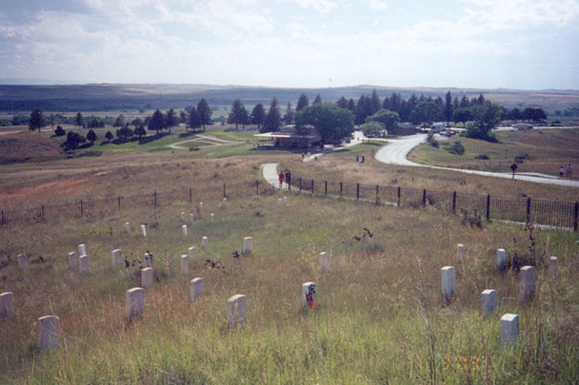

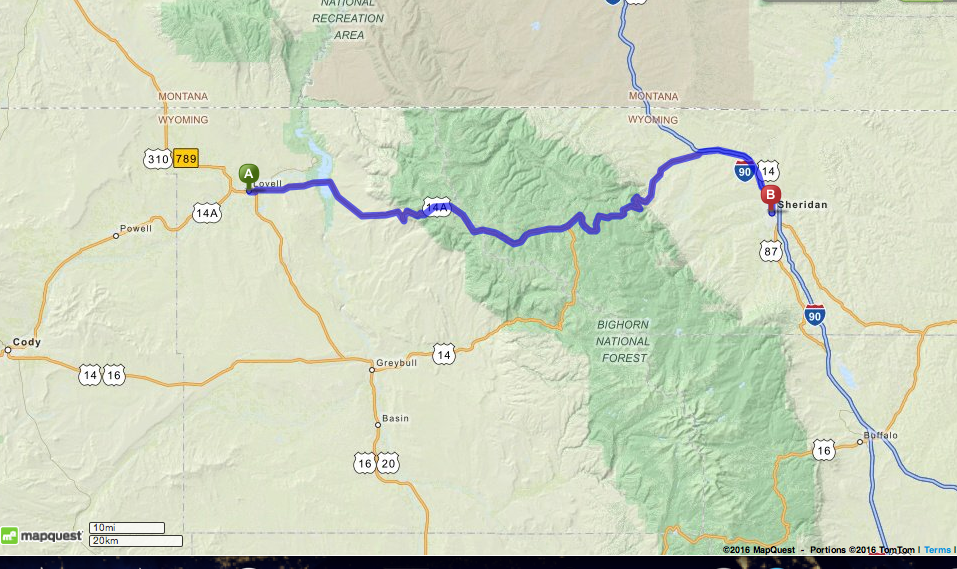
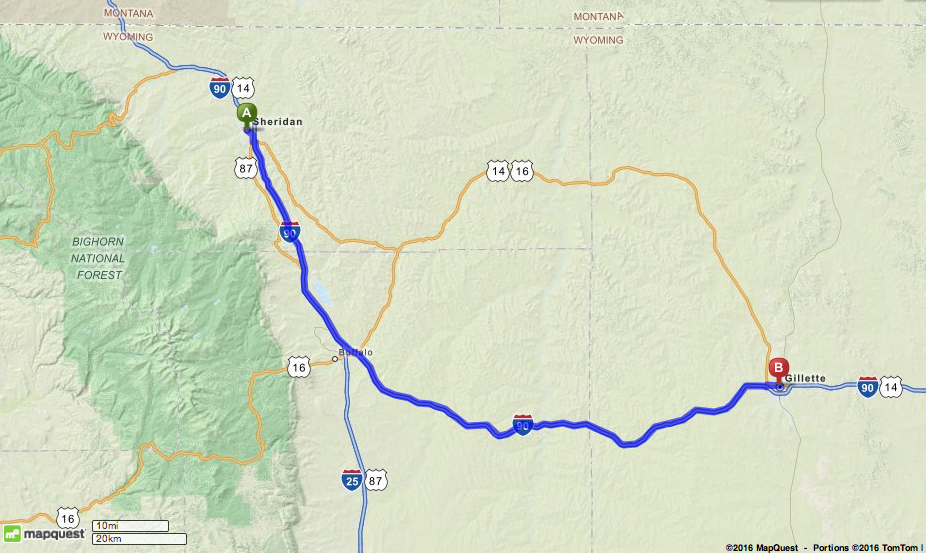
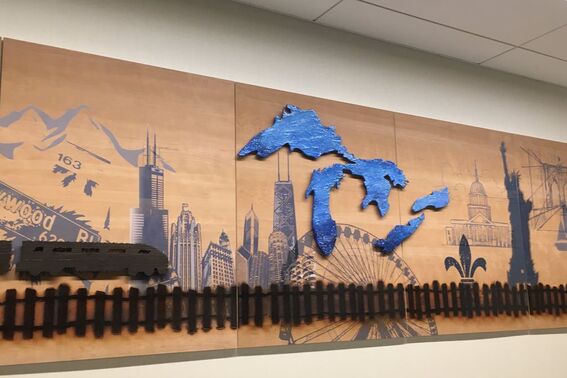
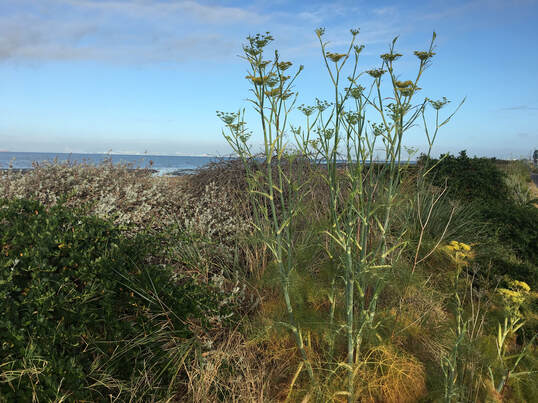
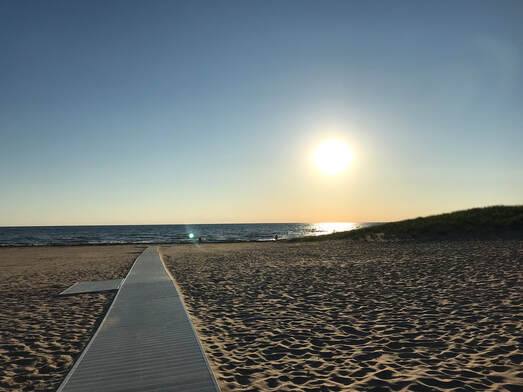
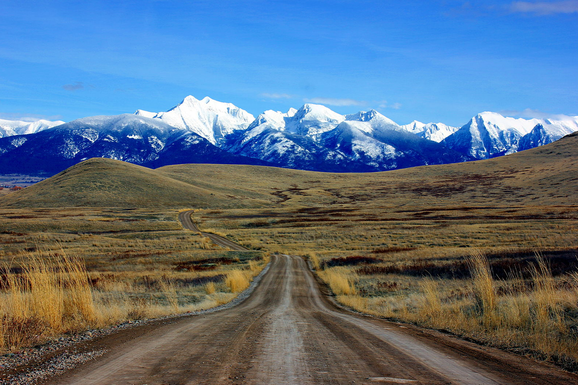
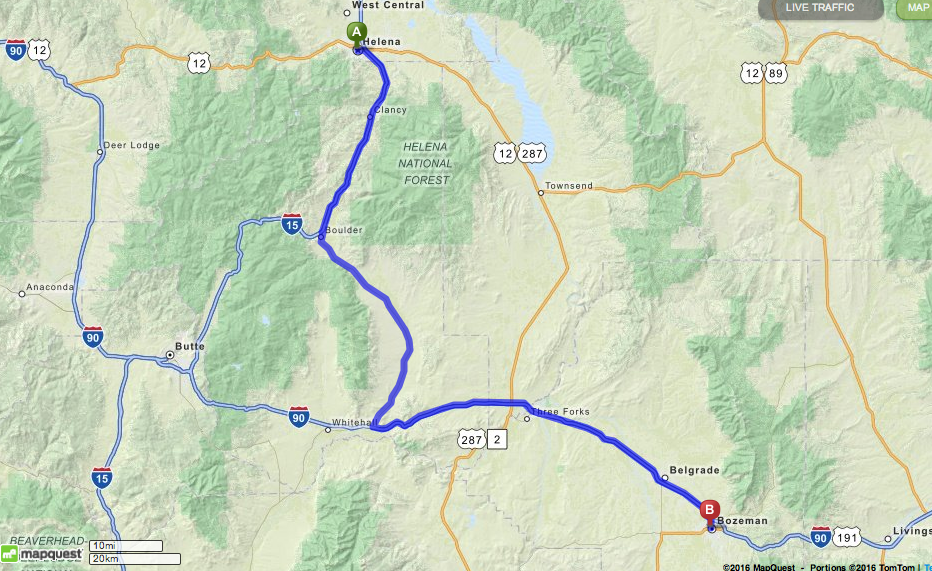
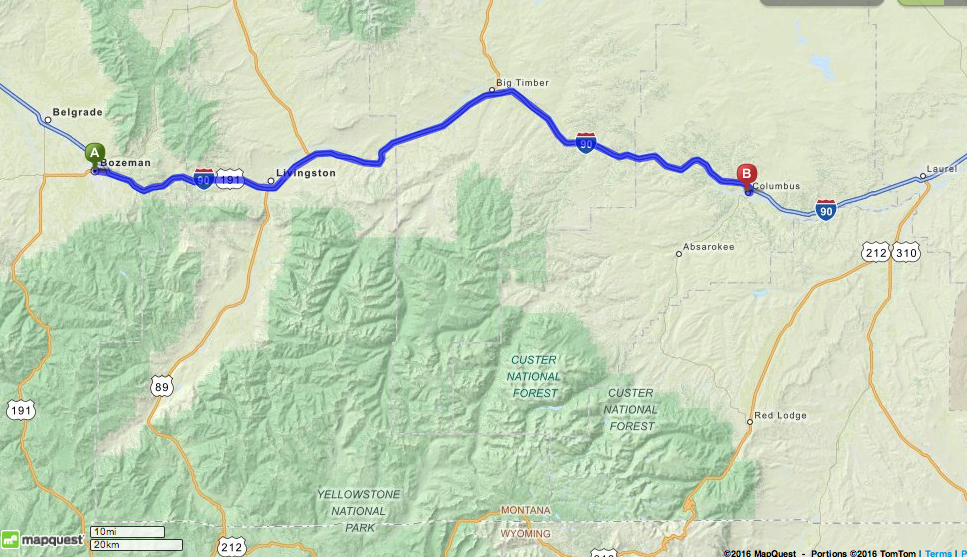
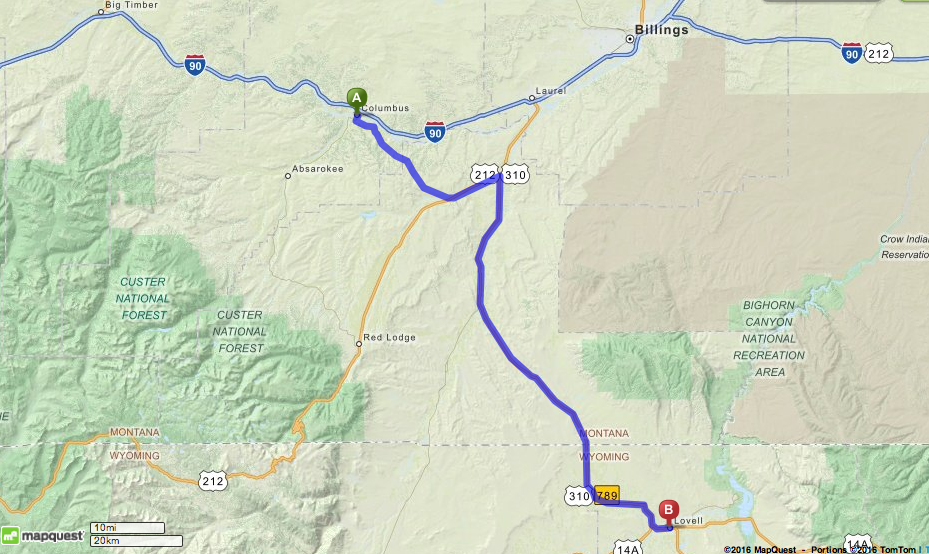
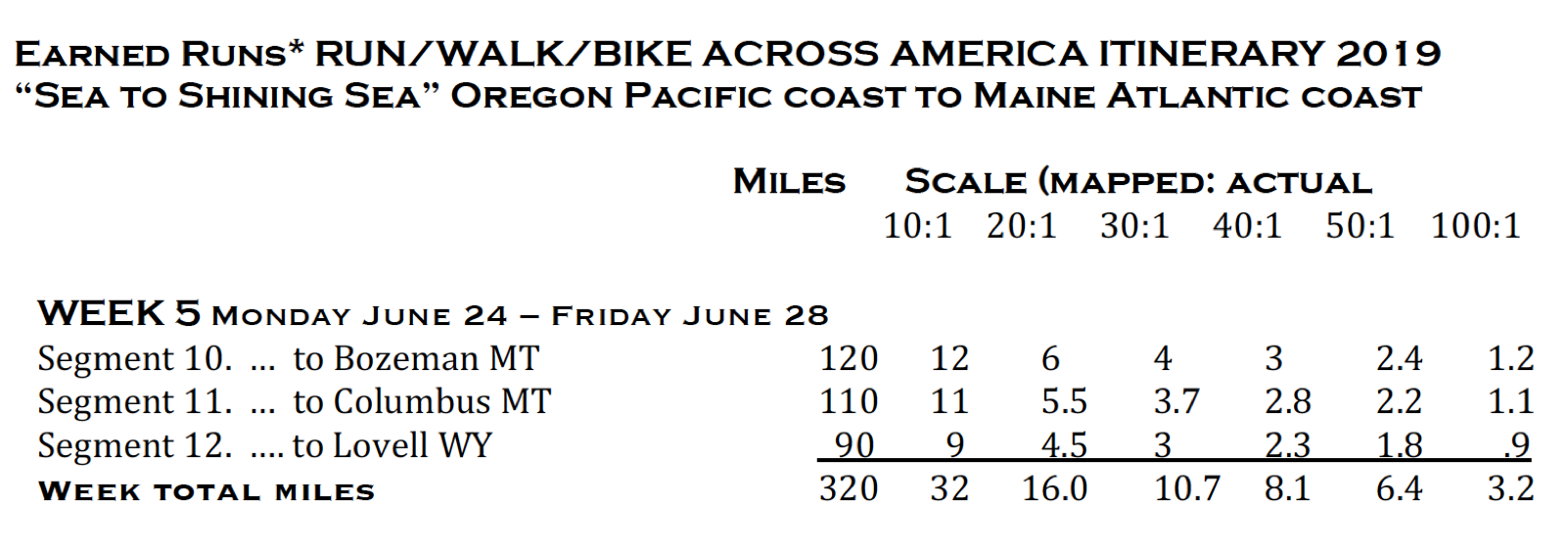


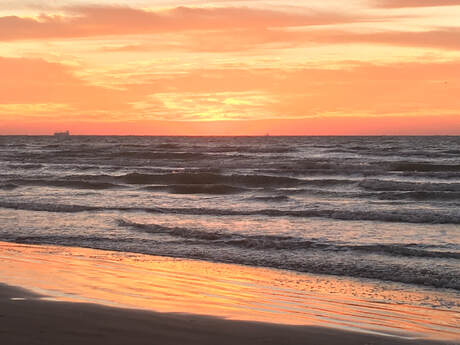
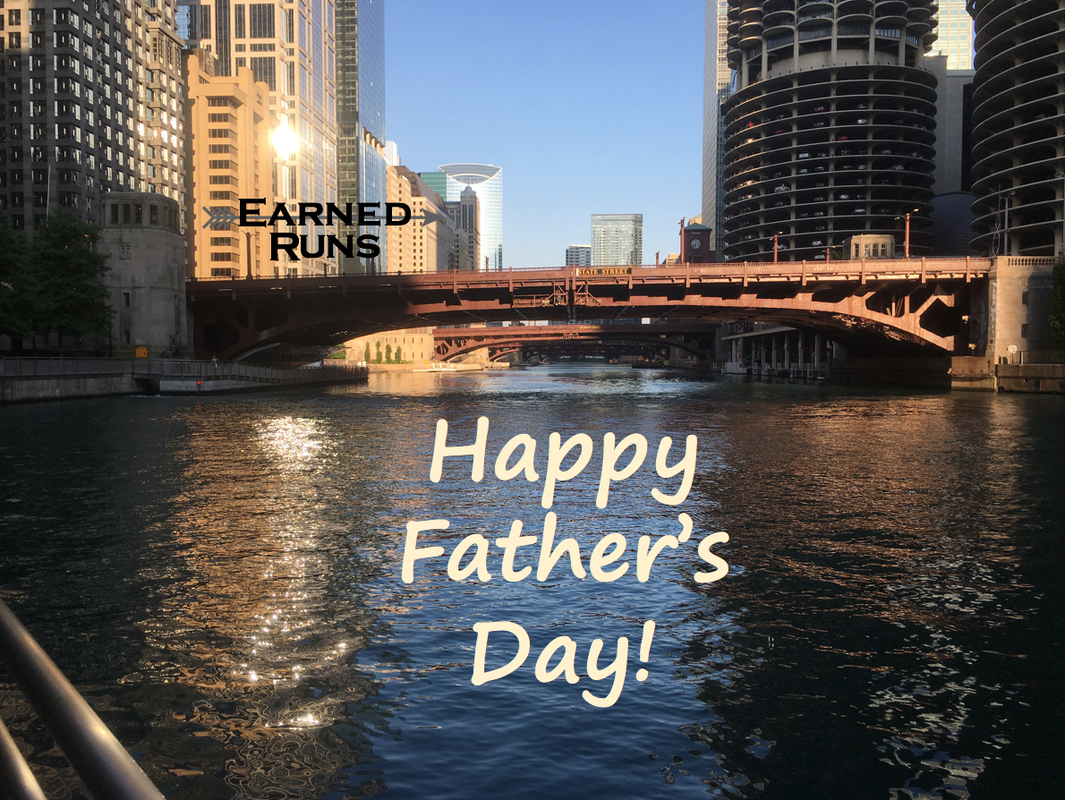
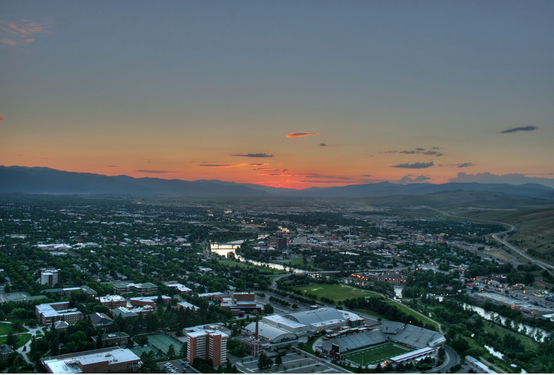
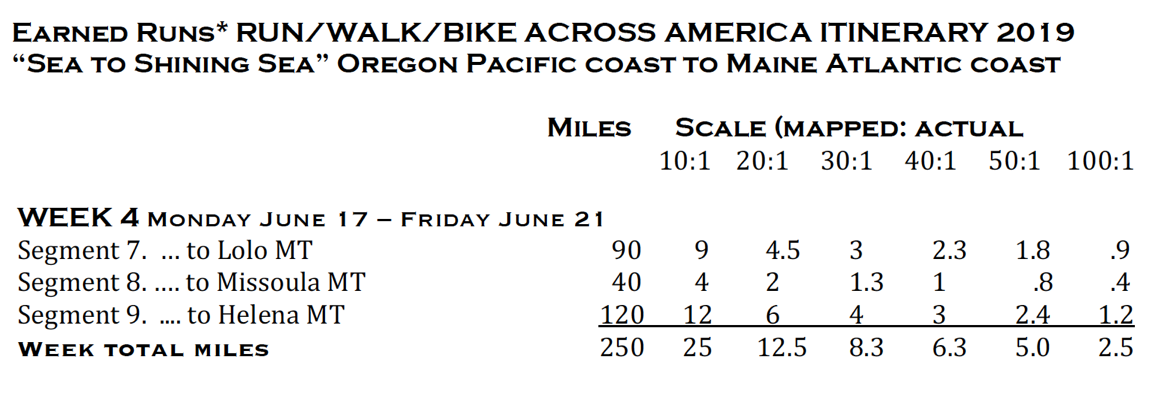
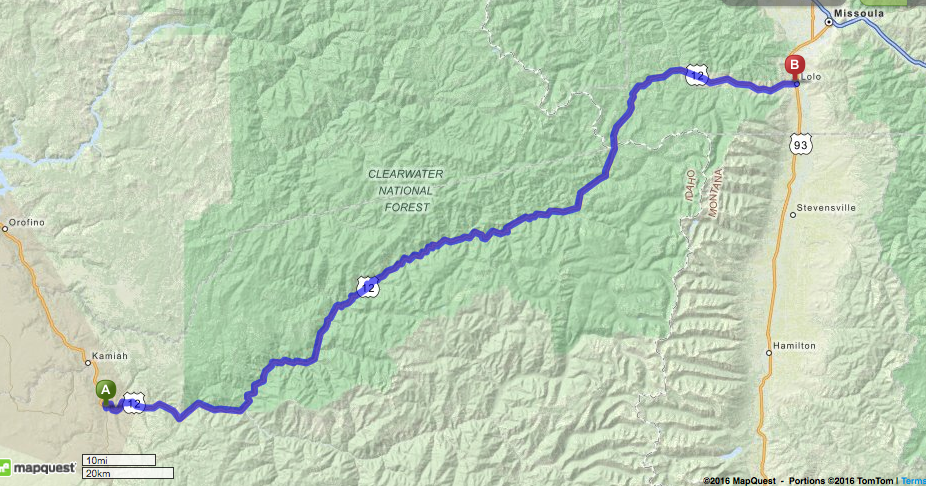

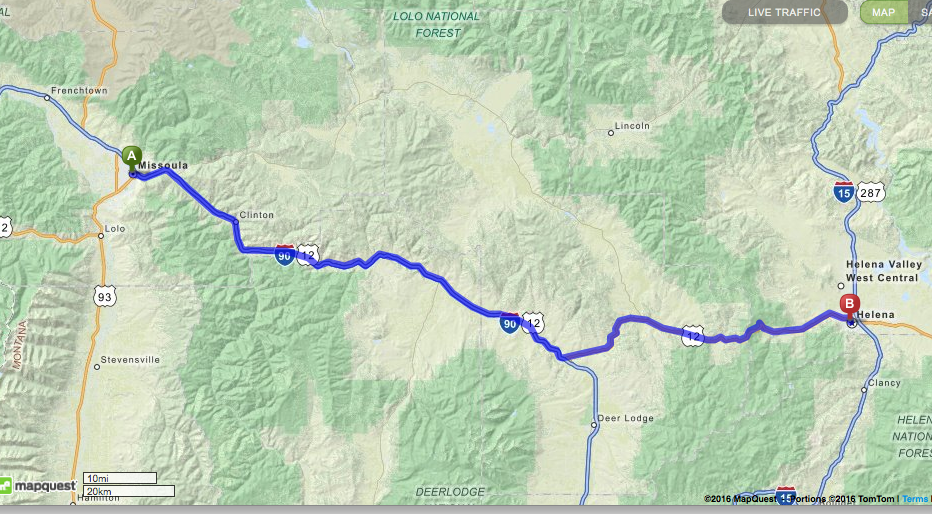
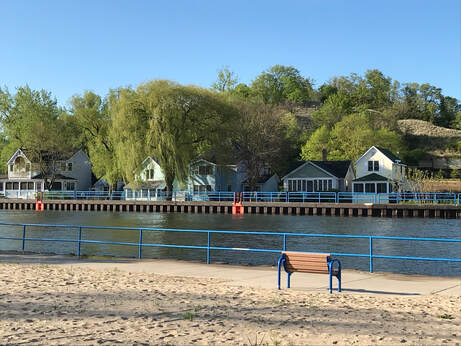
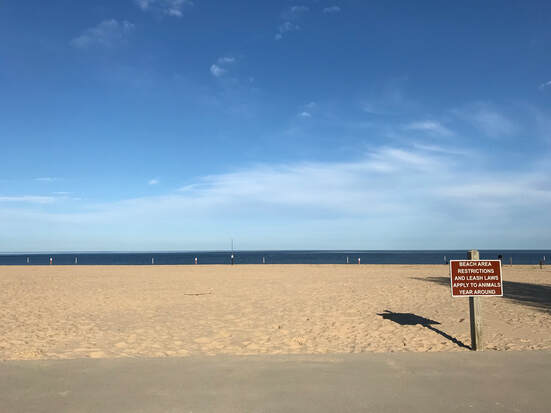
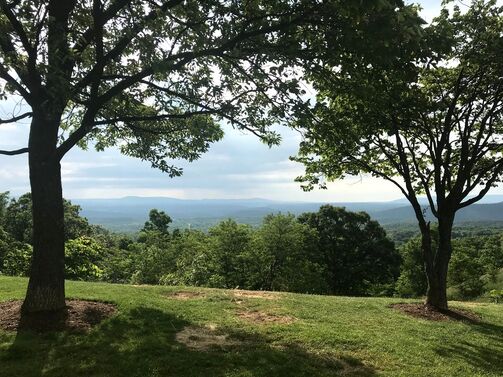
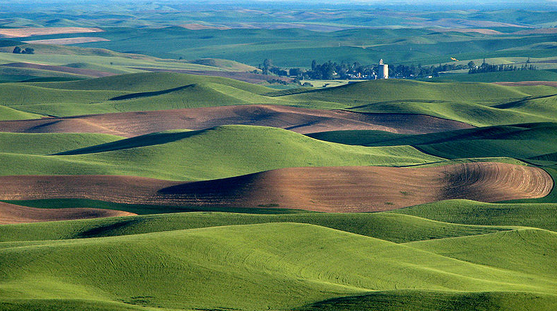

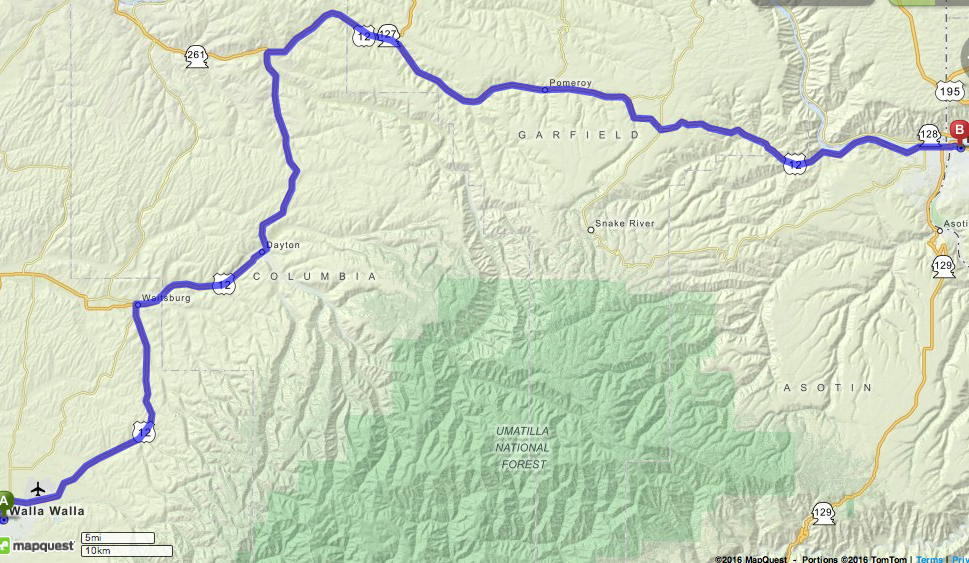
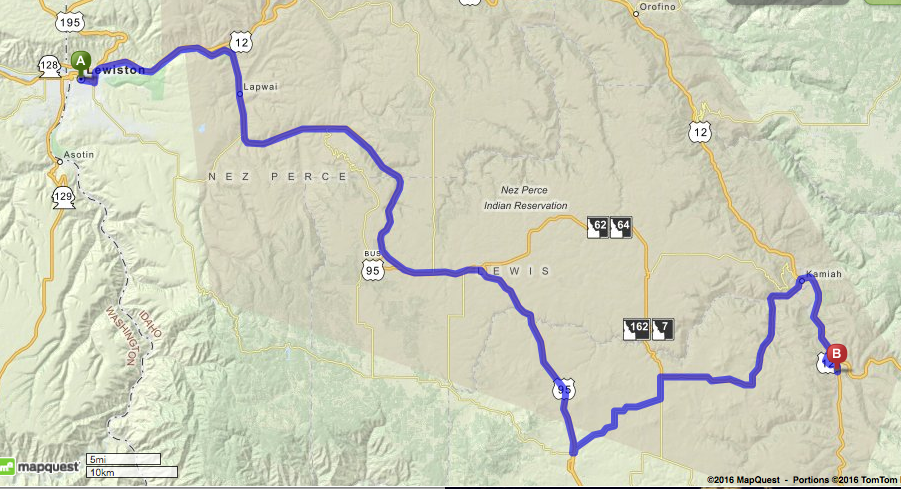
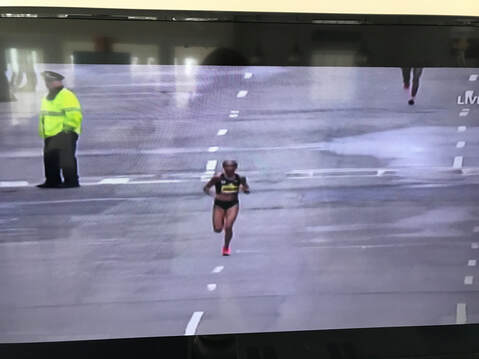
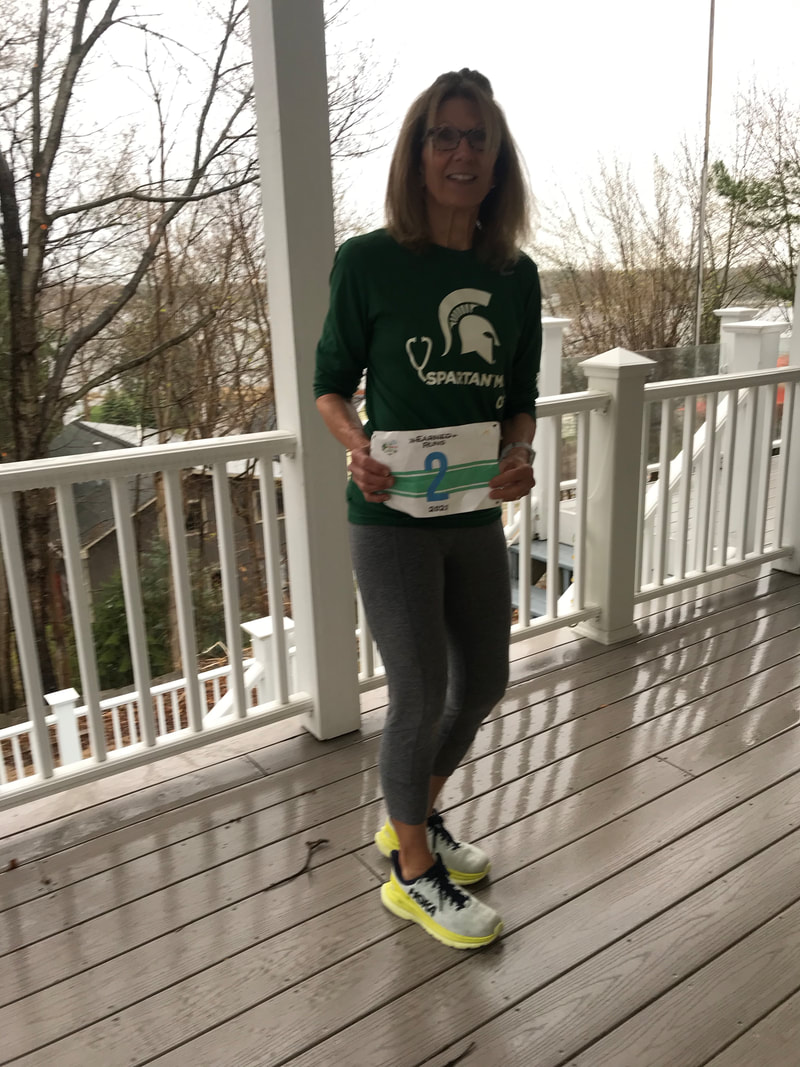
 RSS Feed
RSS Feed